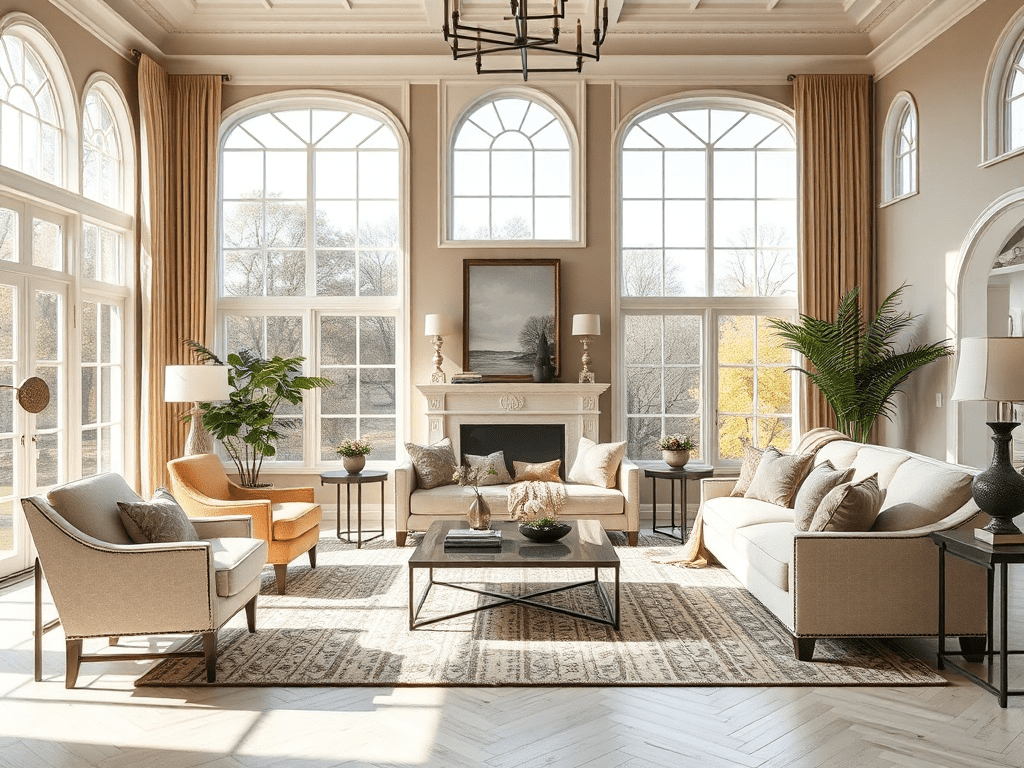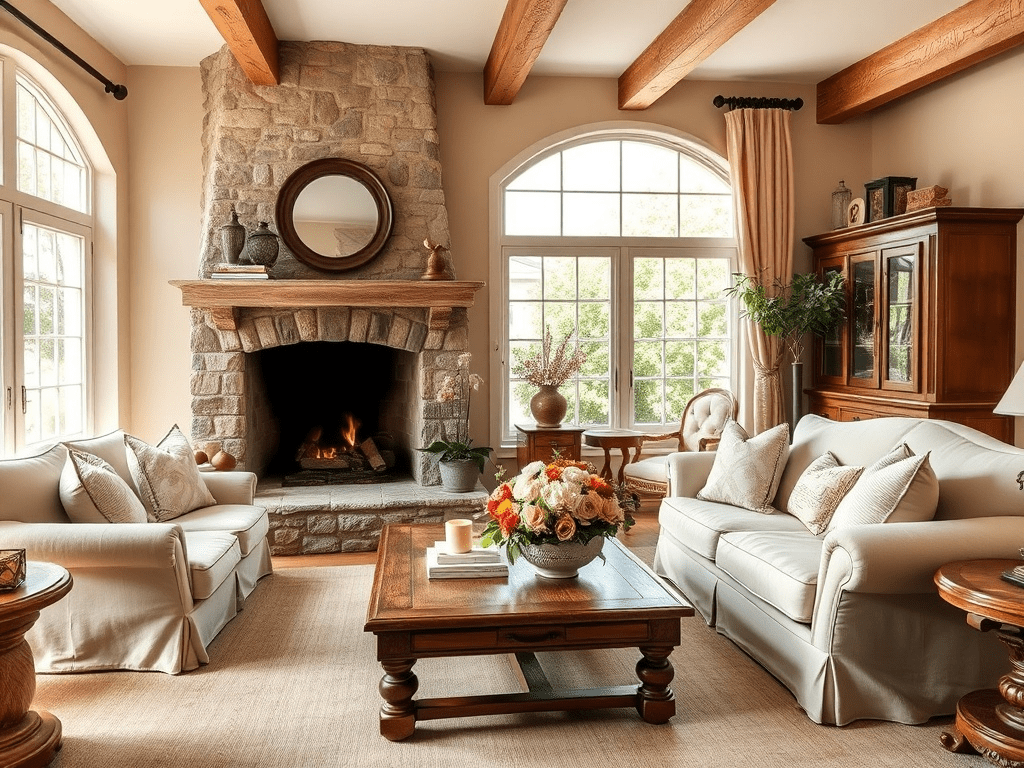Discover the serene beauty and timeless elegance of Japanese influence interior design. This design philosophy, rooted in centuries of tradition, offers a pathway to creating tranquil and harmonious living spaces. From minimalist furniture to natural materials, incorporating Japanese elements can transform your home into a sanctuary of calm and sophistication.
What is Japanese Influence Interior Design?
Japanese influence interior design is characterized by simplicity, naturalness, and a deep connection to the surrounding environment. It emphasizes clean lines, open spaces, and the use of organic materials like wood, bamboo, and paper. Key elements include tatami mats, shoji screens, and a neutral color palette, all contributing to a sense of balance and tranquility. The core principle revolves around creating a space that promotes relaxation and mindfulness, reflecting the Zen philosophy deeply embedded in Japanese culture.

Key Elements of Japanese Influence Interior Design
To successfully integrate this aesthetic into your home, consider the following essential elements:
- Tatami Mats: Traditional Japanese flooring made from woven rush grass, providing a comfortable and natural surface.
- Shoji Screens: Lightweight sliding doors or screens made of translucent paper and wooden frames, allowing soft light to filter through.
- Minimalist Furniture: Low-profile furniture with clean lines, emphasizing functionality and simplicity.
- Neutral Color Palette: Soft, muted colors like beige, gray, and white, creating a calming and harmonious atmosphere.
- Natural Materials: Use of wood, bamboo, stone, and other organic materials to connect with nature.
How to Incorporate Japanese Influence into Your Interior Design
Bringing Japanese design into your home doesn’t require a complete overhaul. Start by decluttering your space and focusing on essential items. Incorporate natural materials like wooden furniture and bamboo accents. Use a neutral color palette to create a calming atmosphere. Add tatami mats or shoji screens to introduce traditional Japanese elements. By focusing on simplicity and functionality, you can achieve a harmonious and inviting living space. Consider the principles of Feng Shui to enhance the flow of energy and create balanced spaces.

Japanese Influence Interior Design with Tatami Mats
Tatami mats are more than just flooring; they are a foundational element of Japanese design. Their natural texture and subtle scent contribute to a calming atmosphere. They also provide a comfortable surface for sitting or sleeping, promoting a sense of groundedness and connection to the space.
Modern Japanese Influence Interior Design Bedroom
Transform your bedroom into a serene sanctuary by incorporating Japanese design principles. Use a low platform bed, minimalist furniture, and soft, neutral colors. Add shoji screens to create privacy and filter light gently. Incorporate natural elements like plants or a small water feature to enhance the sense of tranquility. For more modern interpretation, consider adding some industrial style lighting and decor elements that incorporate natural wood finishes to blend both styles.

Japanese Influence Interior Design for Small Spaces
Japanese design is particularly well-suited for small spaces due to its emphasis on minimalism and functionality. By decluttering and focusing on essential items, you can maximize space and create a sense of openness. Use light colors and natural materials to create a bright and airy atmosphere. Incorporate multifunctional furniture to save space and enhance practicality.
Exploring Zen Principles in Japanese Interior Design
Zen principles are deeply intertwined with Japanese influence interior design. The emphasis on simplicity, mindfulness, and connection to nature reflects the core tenets of Zen Buddhism. By creating a space that promotes relaxation and contemplation, you can cultivate a sense of inner peace and harmony. Integrate elements such as a small zen garden, a meditation corner, or a calming water feature to enhance the Zen atmosphere.
Understanding Wabi-Sabi Style
Wabi-sabi is a Japanese aesthetic philosophy that embraces imperfection and impermanence. In interior design, this translates to using natural materials with visible imperfections, such as weathered wood or handmade ceramics. It encourages appreciating the beauty of aging and the unique character of each object, adding depth and authenticity to the space. By incorporating wabi-sabi elements, you can create a home that feels lived-in, authentic, and deeply personal.
What Colors are Common in Japanese Influence Interior Design?
The color palette in Japanese influence interior design is typically neutral and calming, featuring shades of beige, gray, white, and light wood tones. These colors create a sense of serenity and harmony, reflecting the natural world. Accents of green, blue, or black may be used sparingly to add depth and visual interest. Avoid bright or bold colors, as they can disrupt the overall sense of tranquility.
FAQ: Japanese Influence Interior Design
What are the key characteristics of Japanese influence interior design?
Key characteristics include minimalism, natural materials, clean lines, open spaces, and a neutral color palette. The design emphasizes functionality, simplicity, and a deep connection to nature.
What are the most important elements to incorporate for a Japanese influence interior design?
Essential elements include tatami mats, shoji screens, minimalist furniture, natural materials like wood and bamboo, and a neutral color scheme. These elements work together to create a sense of calm and harmony.
How do I create a sense of calm and tranquility in a space using Japanese influence interior design?
Focus on decluttering, using natural materials, incorporating soft lighting, and creating open spaces. Add elements like a small zen garden or a calming water feature to enhance the sense of tranquility.
What are some budget-friendly ways to incorporate Japanese influence into my interior design?
Start by decluttering and rearranging your existing furniture to create more open space. Use natural materials like bamboo or wood accents, and incorporate a neutral color palette. Add affordable elements like tatami mats or shoji screens to introduce traditional Japanese elements. You can find many affordable options at online retailers or local home stores. You can even try using affordable and easy to use DIY ideas to create your space.
What colors are typically used in Japanese influence interior design?
Typical colors include beige, gray, white, and light wood tones. Accents of green, blue, or black may be used sparingly to add depth and visual interest.
How can I balance Japanese influence with other design styles in my home?
Focus on incorporating key Japanese elements like natural materials, clean lines, and a neutral color palette, while blending them with your existing furniture and decor. Avoid overwhelming the space with too many Japanese elements, and instead, create a balanced and harmonious blend of styles. For example, Scandanavian and Japanese styles are often blended to create Japandi interior design.
What types of furniture are commonly used in Japanese influence interior design?
Common furniture types include low platform beds, minimalist sofas, and simple wooden tables. The furniture should be functional, comfortable, and have clean lines.
How do I incorporate natural elements into my Japanese influence interior design?
Use natural materials like wood, bamboo, stone, and paper throughout the space. Add plants or a small water feature to bring nature indoors. Incorporate natural light through large windows or shoji screens.
Conclusion
Incorporating Japanese influence into your interior design can transform your home into a sanctuary of calm and sophistication. By focusing on simplicity, natural materials, and a deep connection to the environment, you can create a space that promotes relaxation, mindfulness, and inner peace. Whether you choose to embrace the full Zen aesthetic or simply add a few key Japanese elements, the result will be a home that feels both stylish and deeply harmonious.


